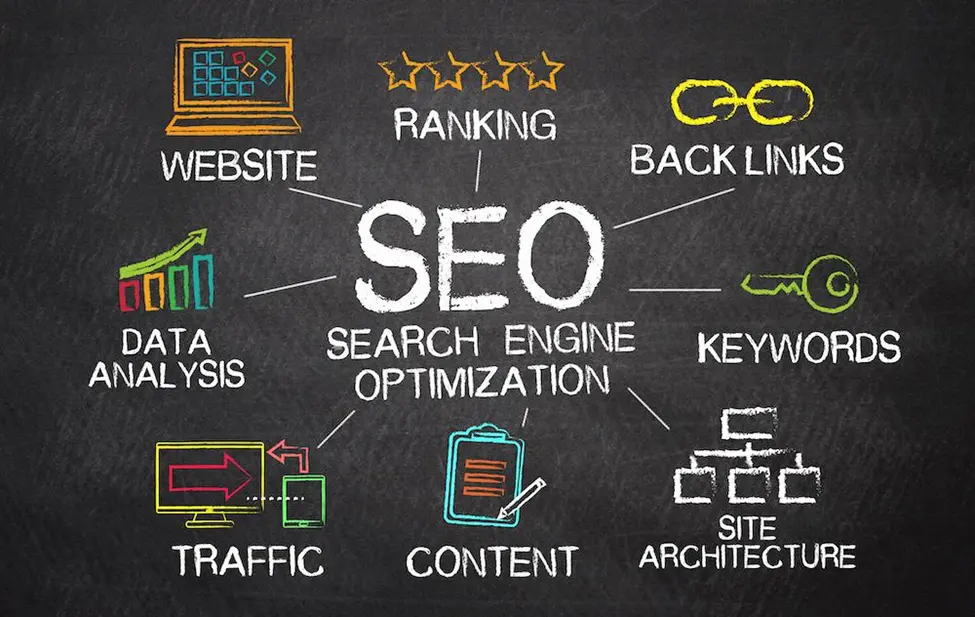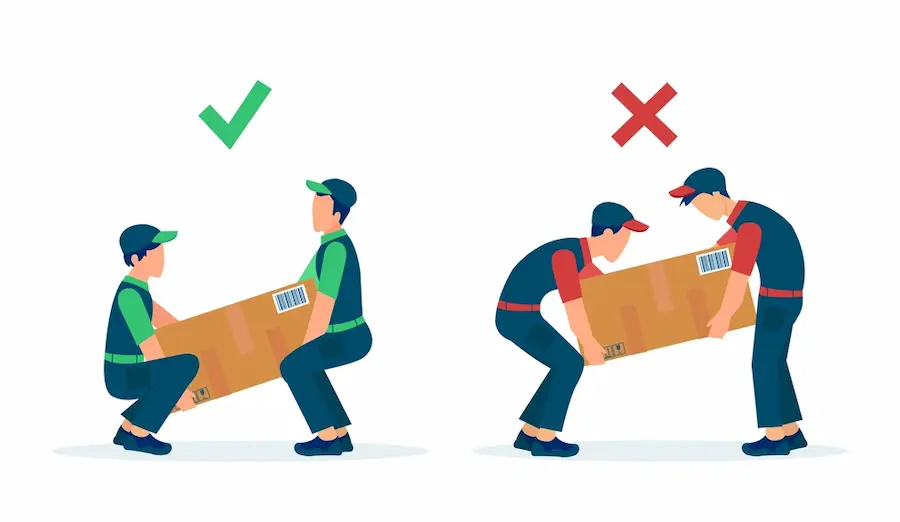Table of Contents
Key Takeaways
- Understanding the differences between CSA and CSV is crucial in choosing the proper validation method for your organization.
- Efficient validation practices comply with regulations and improve operational excellence and product quality.
- Adapting validation strategies to evolve technologies and regulations can give companies a competitive edge.
- Expert insights and industry best practices aid in navigating the complexities of data validation.
The Importance of Data Validation in Regulatory Compliance
Data validation within regulated industries such as pharmaceuticals, biotechnology, and healthcare is not just a requirement but a safeguard. It’s a process that reassures stakeholders that the digital systems managing data are reliable, efficient, and capable of meeting quality standards. For those venturing into data validation, resources like the CSV vs. CSA analysis offer a valuable primer on the subject. These methods act as the checkpoints in the lifecycles of software development and deployment, certifying that they are fit for their intended use and compliant with regulatory expectations. The CSA approach, reliant on risk-based strategies, aligns well with modern, regularly updated or changed systems. At the same time, the CSV model offers a more traditional, robust route for legacy systems or where detailed documentation is obligatory.
Comparative Analysis: CSA vs. CSV
The contrast between methodologies becomes evident when dissecting CSV vs. CSA side by side. CSA’s lean approach appeals to modern software development philosophies like agile and DevOps, where rapid change and frequent iterations are the norms. CSV’s comprehensive nature suits projects where regulatory bodies require stringent proof of compliance, often seen with legacy systems ensconced within tightly controlled environments. Choosing between CSA and CSV requires a strategic analysis of the company’s software systems, a clear understanding of applicable regulatory requirements, and an honest assessment of the organization’s internal capabilities. Such critical evaluation enables businesses to comply with regulatory standards not only but also in the most efficient manner possible. Facilities that realize the advantages of each approach can customize their practices to the unique needs of their operations, sometimes oscillating between both as circumstances necessitate.
Deep Dive into CSA: An Agile Approach
As businesses grapple with accelerating technological advancements and regulatory changes, there’s a growing emphasis on adaptable validation strategies like CSA. This paradigm prioritizes risk management to bolster critical aspects of software assurance and patient safety. CSA’s agility lies in its ability to move away from the one-size-fits-all approach of traditional validation to a targeted process focusing on the most impactful areas. As such, CSA is carved out for those organizations that thrive on change, innovation, and iteration. This agility allows businesses to align their software validation efforts more closely with their specific business models and risk profiles.
Understanding CSV: The Classic Method
Computer System Validation is the traditional bastion of data integrity, with its rigorous verification and exhaustive documentation practices. It sets a framework that includes planning, testing, and maintaining systems to ensure adherence to precise regulatory standards. The meticulousness of CSV is its primary asset, creating a comprehensive manual of how a system is validated, which is particularly vital in scenarios of regulatory scrutiny. The heavy documentation associated with CSV may be viewed as a burden. Still, in environments where the cost of failure is high regarding patient safety or data integrity, this level of detail serves as a critical defense mechanism against potential liabilities. It’s a thorough approach that can be a lifeline for businesses that cannot afford the slightest deviation from established regulatory protocols.
Maximizing Efficiency with the Right Validation Technique
Choosing the correct validation method is paramount to guarantee that digital systems support regulatory compliance and contribute positively to a company’s productivity and product quality. This choice is shaped by multiple factors, including the software’s complexity, role in the organization’s operations, regulatory obligations, and the potential impact on product quality and patient safety. A pragmatic approach might be using CSA methodologies for newer software platforms that evolve rapidly and relying on traditional CSV to validate established legacy systems with entrenched processes. This balance ensures systems are well-rested by unnecessary documentation while maintaining a solid evidentiary base where needed. Aligning your validation strategy with your business objectives can significantly improve operational efficiency and compliance management.
Industry Insights: Success Stories in Data Validation
A walkthrough of case studies from various industries showcases the transformative power of adopting a data validation method that aligns with operational goals and compliance requisites. Companies that have effectively transitioned from CSV to CSA, or vice versa, have often seen beneficial outcomes such as swifter product time-to-market, reduced operational overhead, and even gains in market share due to improved agility and confidence in compliance. These accounts serve as a beacon for other organizations endeavoring to refine their validation processes. They provide evidence that a well-conceived validation methodology can directly contribute to the robustness of business activities and the overall quality of products and services offered.
Integrating CSA and CSV in Your Compliance Strategy
Integrating CSA or CSV into an organization’s compliance strategy is vital but complex. It requires a clear vision of the end goal and a comprehensive mapping of the regulatory landscape. Organizations must also be prepared to engage in ongoing education and training to ensure that management and operational teams are aligned with the new processes. Anticipating and managing change resistance is equally crucial, as is the need to allocate sufficient resources to oversee the shift. An effective strategy accommodates these factors, fostering a culture that supports and champions the validation process as a quality and compliance assurance cornerstone.
Future Trends: Evolution of Data Validation Practices
CSA and CSV practices are poised to evolve further and are informed by advancing technologies, regulatory trends, and industry best practices. As the business and regulatory environments become ever more dynamic, we can expect to see increasingly sophisticated approaches to validation. The advent of artificial intelligence, machine learning, and big data analytics heralds a new era where validation processes might lean towards predictive compliance, preemptively identifying and addressing potential issues.
Expert Opinions: CSA and CSV in the Spotlight
Understanding both CSA and CSV is deeply enriched by the insights from industry experts. These professionals offer a rich tapestry of experience and perspective that can illuminate the best course of action for organizations wrestling with validation choices. These perspectives are crucial for those managing compliance as they offer pragmatic viewpoints on the potential and limitations of both CSA and CSV methodologies. Furthermore, robust dialogue with regulatory authorities is paramount to ensure that the validation efforts are aligned with current norms and anticipate future regulatory shifts to remain compliant and competitive.
Conclusion: Making an Informed Decision on Data Validation
Arriving at the crossroads of CSA and CSV, organizations must make well-informed decisions that resonate with their unique landscape. It is about something other than adopting a new methodology for its novelty but rather about understanding the comparative benefits and deploying them to meet specific needs and compliance standards. The determination between CSA and CSV should result from thoughtful analysis, discussion, and industry benchmarking. To reinforce a company’s commitment to quality, selecting the right validation pathway is a significant enabler of innovation and operational excellence, ensuring that when technology and regulations evolve, the company is ready to move forward confidently.
























































































































































































































































































































































































































































































































































































































































































































































































































































































































































































































































































































































































0